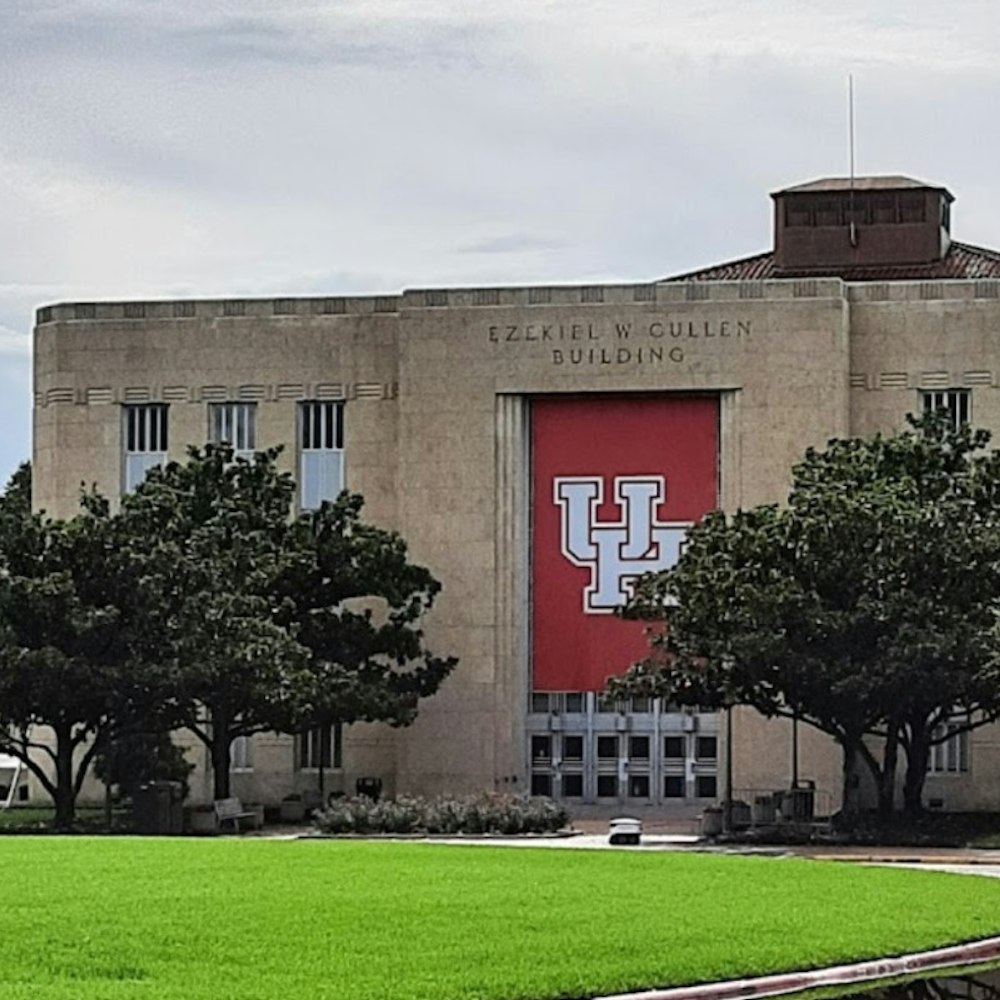
As the seasons shift to welcome spring, residents in southeastern Minnesota received a forewarning of nature's harsh sway with the year's first Red Flag Warning. Experts signal this to be an ominous precursor for a sweltering future, as predictions direct our gaze towards a hotter, more humid spring and summer ahead for much of the U.S. and Canada. This meteorological forecast is not just another bulletin.
According to a recent release from the National Weather Service and reported insights from the University of Minnesota School of Public Health, these climatic shifts are not just mere discomforts but have far-reaching impacts on public health. Assistant Professor Jesse Berman, an environmental epidemiologist, has laid out the connection between our rapidly changing climate and the degradation of air quality in a statement obtained by Twin Cities UMN. Berman illuminates the rise in extreme weather as a "recognized extreme weather multiplier" that aggravates the frequency and ferocity of wildfires, heat waves, and other severe weather events.
With wildfire smoke billowing across vast expanses, traveling thousands of miles beyond its origin, and dust storms brewing, the air we inhale carries a hefty price. It's riddled with pollutants that don't respect geographical boundaries and threaten communities afar. Berman told Twin Cities UMN that the secondary formation of harmful gasses and particulates also gets a boost from shifts in extreme temperatures and variable cloud cover and precipitation patterns.
Not only the smoke or the relentless heatwave but also the layering of multiple extreme weather conditions present a profound peril that particularly hits hard for human health. Vulnerable groups, including children, the elderly, individuals with pre-existing health conditions, and outdoor workers, stand on the frontline, bearing the brunt of this onslaught, as echoed in Berman's exposition.
Mild symptoms might manifest as a mere annoyance: itchy eyes or a scratchy throat. Yet, delve deeper into the susceptible populations, and you find exacerbated conditions: asthma flares, dehydration, the dreaded strokes of heat, or even cardiovascular distress. Berman’s research highlights a grim frontier where consistent exposure to these climatic adversities amplifies the risk of death, a concern underscored in his findings shared by Twin Cities UMN.
In a country where the weather often takes the conversation, this recent dialogue pivots our attention to a more pressing and persistent narrative—one that demands our united response to the evolving challenges of climate change and its ripple effects on health and wellness.









